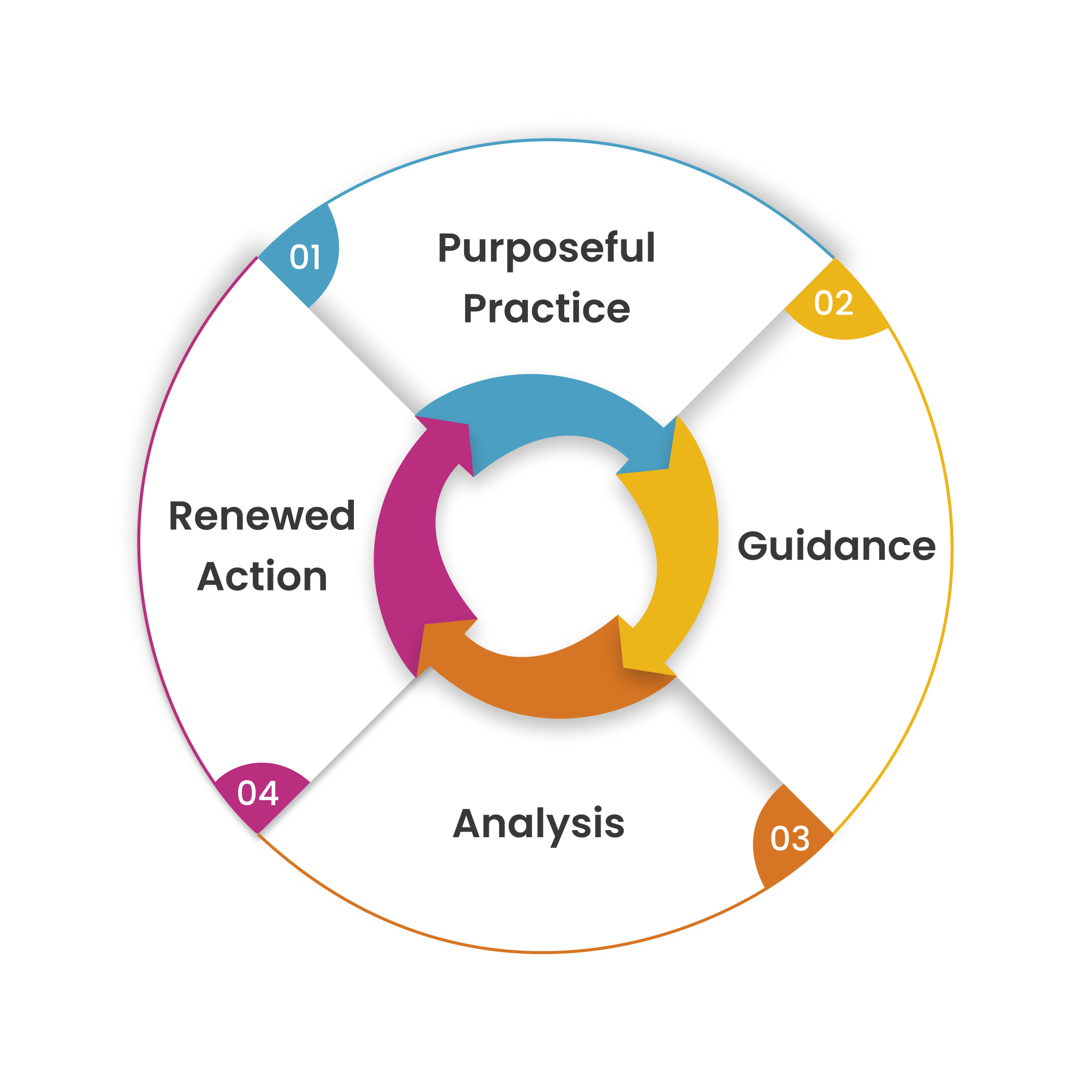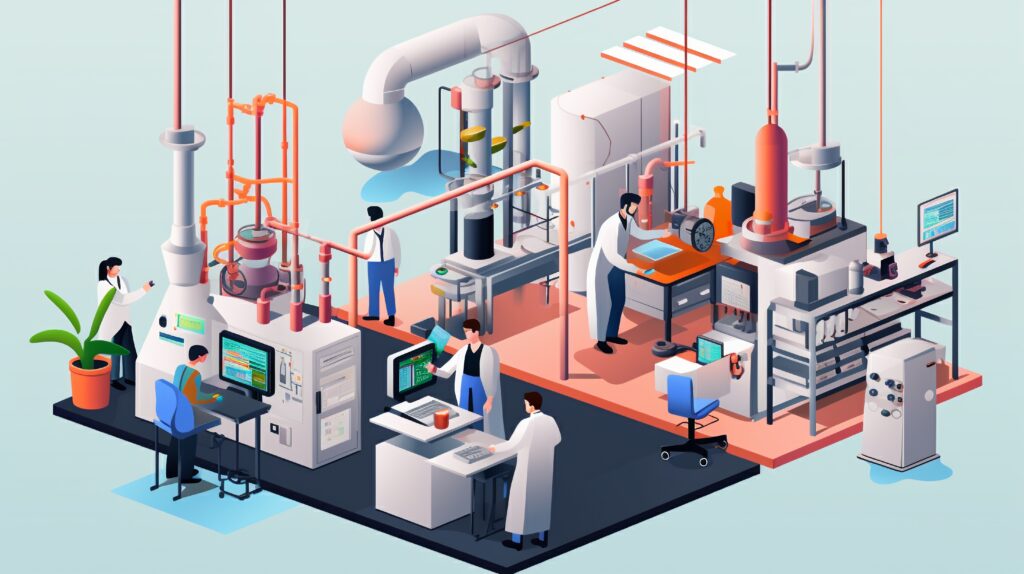Are you ready to supercharge your organization? Forget fancy gadgets or complex strategies – the secret weapon you need is learning agility. In today’s business world, change is the only constant. Companies that foster a culture of continuous learning don’t just survive; they thrive. From improving employee satisfaction to boosting profits, learning agility is the game-changer that keeps on giving. Buckle up as we dive into how this powerful skill can transform your workplace and leave your competition in the dust!
What is Learning Agility?
According to Harvard Business Publishing, learning agility is a mindset and set of behaviours that enable people to learn, adapt, unlearn, and relearn to keep up with constantly changing conditions. Agile learners are more resilient, adaptable, and able to capitalize on new opportunities.
Learning organization is a concept that describes how organizations can enhance their performance and effectiveness by fostering a culture of continuous learning among their members. It involves not only acquiring and applying new knowledge but also creating and sharing knowledge within and across organizational boundaries. Learning organizations can be seen as a response to the challenges of dynamic and complex environments, where innovation and adaptation are essential for survival and success.
Organizations seek individuals willing to learn as they recognize the value of a dynamic workforce. Learning fosters adaptability to industry changes, encourages innovative thinking, and enhances problem-solving skills. This, in turn, sustains competitiveness, boosts employee productivity and retention, nurtures leadership potential, and ensures organizational agility amid evolving business landscapes.
Kolb’s Experiential Learning Theory
Kolb’s experiential learning theory aligns closely with core components of learning agility. The theory outlines four stages in the learning cycle: concrete experience, reflective observation, abstract conceptualization, and active experimentation. Learning occurs through an iterative process of doing, reflecting, conceptualizing, and trying new approaches.
Similarly, learning agility requires direct experience – stepping outside one’s comfort zone, experimenting, making mistakes, seeking feedback, refining approaches, and continuously growing. Simply reading about new skills doesn’t constitute learning agility. Individuals must actively behave differently.
Leadership development research emphasizes novel, complex on-the-job experiences as prime opportunities for growth. Ambiguous, high-stakes assignments working across stakeholders build essential capabilities. Practices like after-action reviews to reflect on and refine approaches are now widely embraced.

Key learning agility behaviours like trying new tasks, collaborating, taking risks, soliciting feedback, and self-reflection directly align with experiential learning principles. Learning occurs through cycles of purposeful practice, guidance, analysis and renewed action. The learning agility construct integrates these practices hypothesized to enable individuals to thrive amid uncertainty and evolve their capabilities over time.
Linking Mindsets and Learning Agility
We can see differences in the course of actions of a growth mindset and fixed mindset individuals in everyday life.
Let’s understand the concept through an example. Emily and David are two marketing managers trying to learn a new data analytics software. Emily eagerly tackles the challenge, dedicating time each day to explore its features and seeking help when needed. She watches tutorials and asks colleagues for guidance, viewing mistakes as learning opportunities.
In contrast, David feels overwhelmed and avoids using the software, quickly giving up when he encounters difficulties. He refuses assistance, convinced he’s not capable. Emily’s growth mindset drives her to adapt and learn, while David’s fixed mindset hinders his progress and impacts their effectiveness in using the software.
Carol Dweck’s research shows there are two main mindsets that influence how people view their abilities – a “fixed” mindset versus a “growth” mindset.

Dweck’s theory carefully highlights how mindsets shape motivation, resilience and openness to developing and applying new knowledge over time.
Why Assess Learning Agility in Organizations?
Let’s understand how learning agility is linked to higher performance, adaptability, tailored development plans, succession planning, and optimizing training investment.
Learning Agility Improves Job Performance and Promotability
Individuals who possess learning agility are more likely to excel in their roles and advance in their careers. This suggests that their ability to quickly learn, adapt, and apply new knowledge enables them to meet the demands of their roles effectively and progress within their organizations.
Shows Adaptability to Change
Agile employees demonstrates greater adaptability to change, which is crucial in today’s fast-paced and ever-changing work environments. Their openness to new experiences and willingness to learn and adapt enable them to navigate organizational changes more effectively, leading to higher job satisfaction even amidst transitions.
Helps Create Individualized Development Plans (IDPs)
Assessments of learning agility can inform the creation of individualized development plans for employees. By understanding employees’ learning agility levels, organizations can tailor training and development initiatives to address specific areas for improvement, maximizing the effectiveness of these programs and supporting employees’ professional growth.
Aids in Succession Planning
Learning agility is a key factor in succession planning as it helps identify and develop future leaders within an organization. Individuals with high learning agility are more likely to successfully transition into leadership roles and thrive in complex and challenging environments due to better decision making and problem solving abilities.
As the pace of change accelerates, learning agility has become a crucial capability for organizational success. Employees who are adaptive, curious and quick to learn new skills are tremendously valuable. Assessing learning agility allows organizations to identify top talent, nurture high potential employees, and make more informed investments in development. This ultimately creates a culture oriented towards continuous learning and growth.

Assessing Learning Agility in the Workforce
Learning agility isn’t just a buzzword—it’s a superpower. But how do you know if your team has it?
Here are five practical methods to gauge learning agility in your organization:
1. Dynamic Scenarios
- Start with a familiar business environment
- Introduce unexpected changes through situations (e.g., market crash, new technology, shift in priorities)
- Evaluate candidates on their adaptability under pressure
- This shows how quickly candidates can pivot strategies
2. Problem-Solving Challenges
- Present complex, multi-faceted problems
- Ensure multiple potential solutions exist
- Observe thought processes of the employees
- Assess creativity and diversity of solutions
3. Feedback Integration
- Provide real-time feedback during the simulation
- Use virtual mentors, performance metrics, or consequence-based feedback
- Monitor speed of feedback incorporation
- Evaluate effectiveness of adjustments made
4. Skill Transfer Tasks
- Introduce new tools or skills midway through the assessment
- Observe how quickly candidates grasp and apply new concepts. For example, in a marketing scenario, provide access to a new analytics tool and observe how well they can make use of the new tool
- Assess the speed of skill acquisition
- This approach can help assess individual creativity in applying new knowledge to existing problems
5. Multi-tasking Simulations
- Create scenarios with multiple, simultaneous objectives
- Introduce competing priorities. For example, managing a product launch while handling a PR crisis
- Assess ability to juggle various tasks
- Observe prioritization and focus-switching skills
- Measure performance across all objectives
PerspectAI’s Assessments for the Rescue!
At PerspectAI, we’re revolutionizing the hiring process with our cutting-edge game-based assessments and simulations. But did you know these tools are also perfect for measuring learning agility?
Our immersive games create dynamic, ever-changing scenarios that challenge candidates to think on their feet, adapt quickly, and apply knowledge in novel ways – all key components of learning agility.
As players navigate through our simulations, we capture real-time data on their problem-solving approaches, adaptability to new rules, and ability to learn from in-game feedback. This provides a comprehensive, objective measure of learning agility that goes beyond traditional assessments.
Focusing on learning agility assessment and building a learning culture is a vital strategy for long-term organizational resilience, performance and competitiveness. Schedule a call with us today to dive deeper!